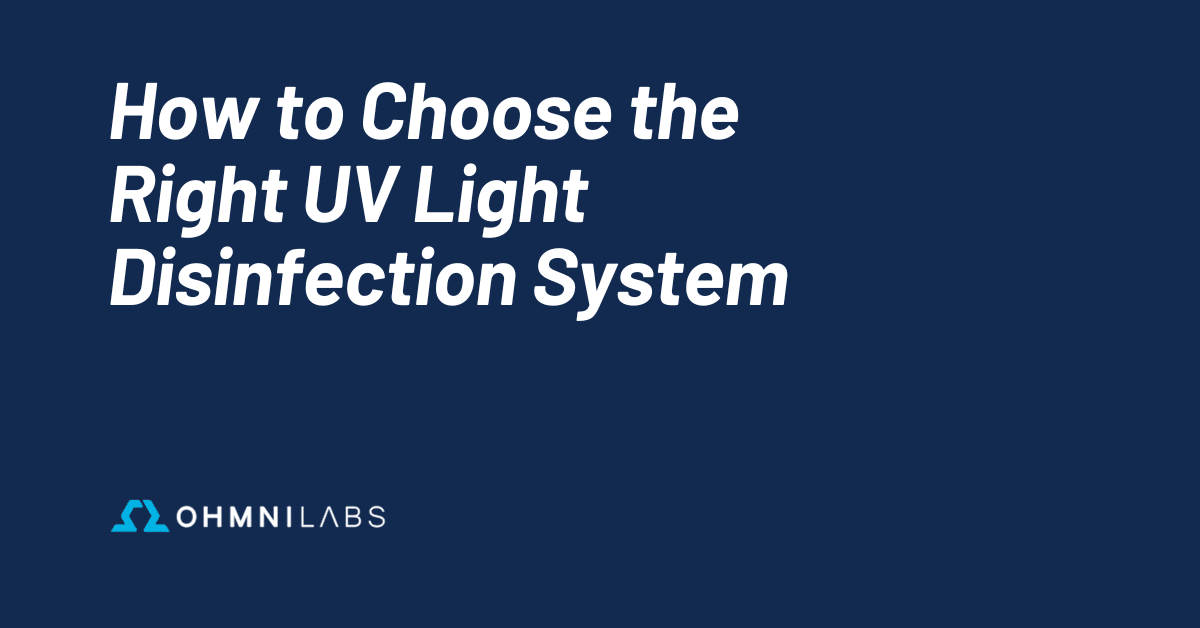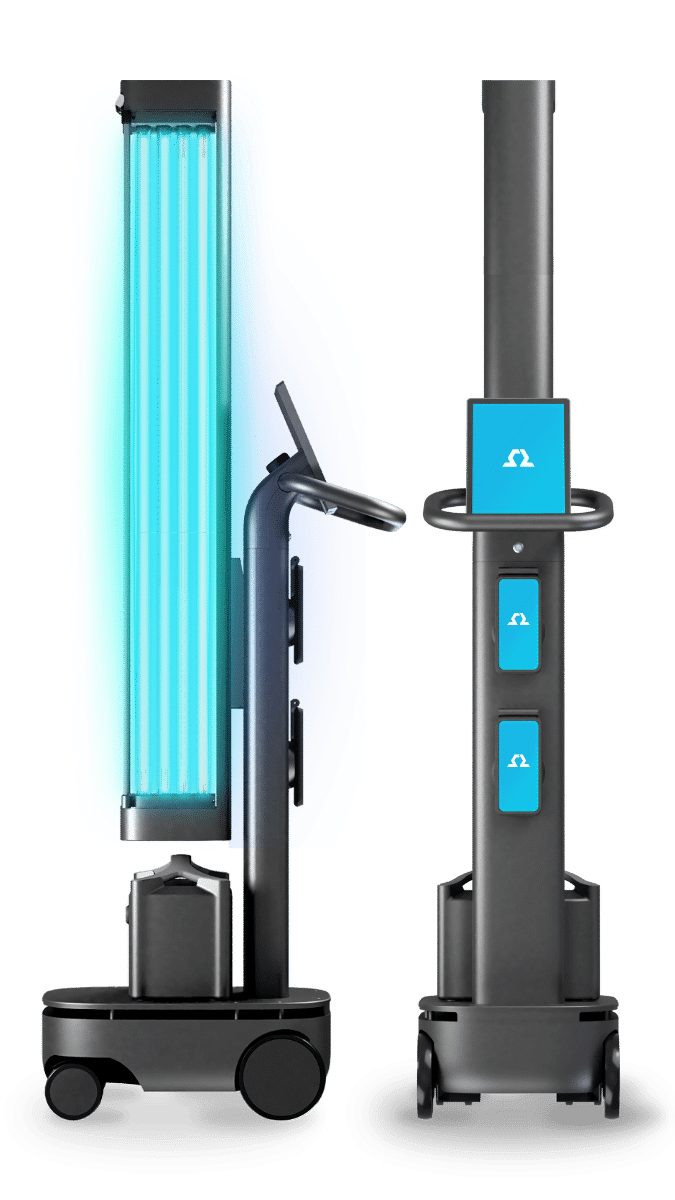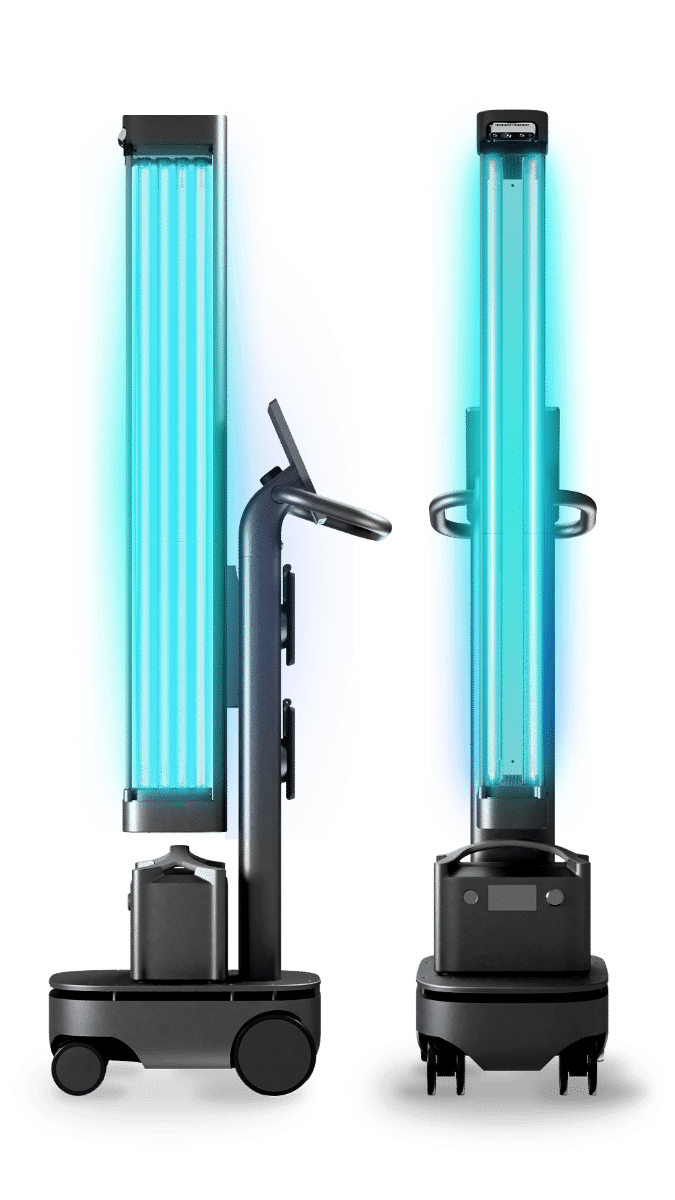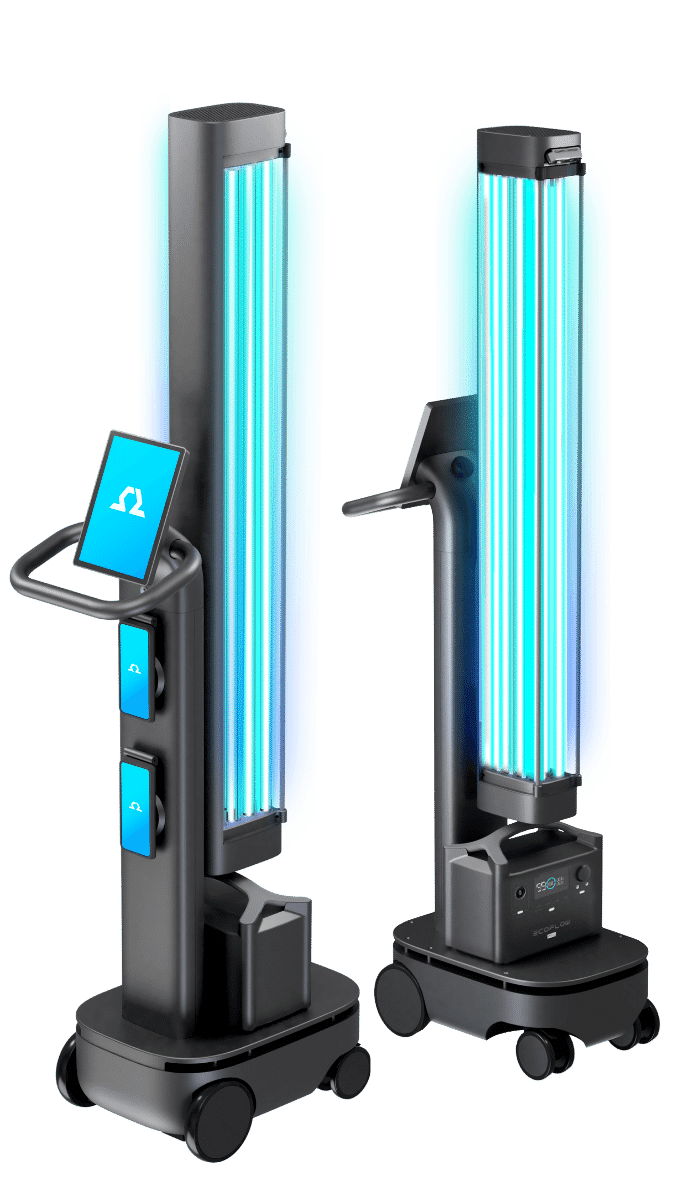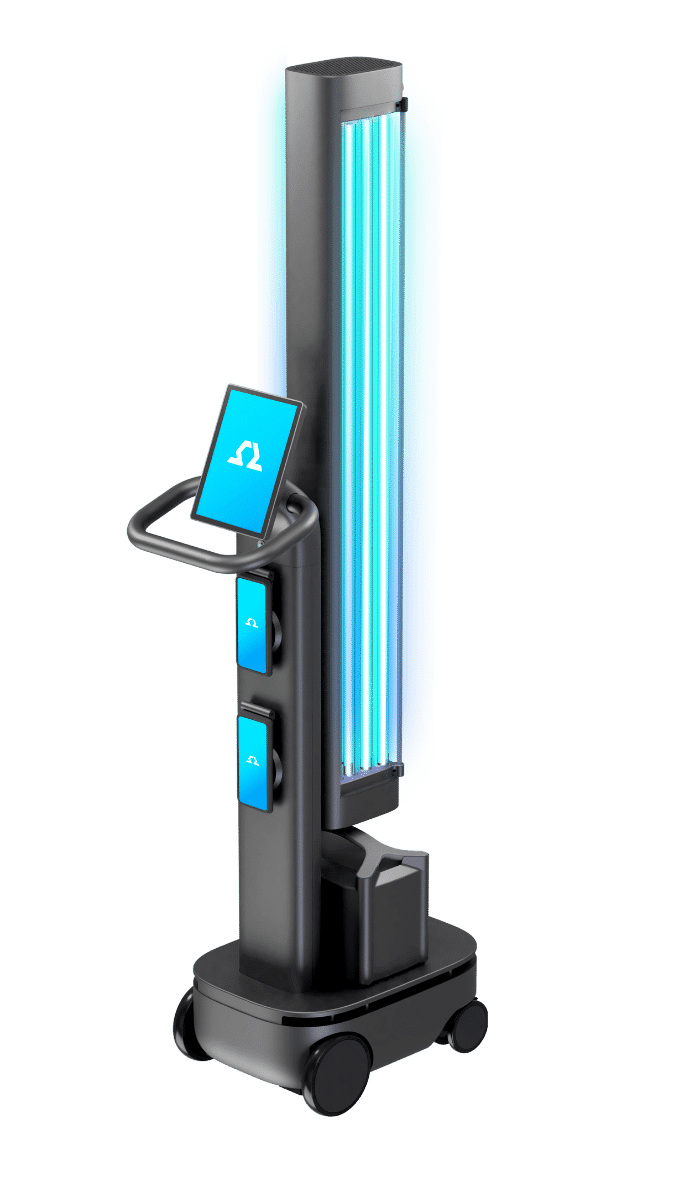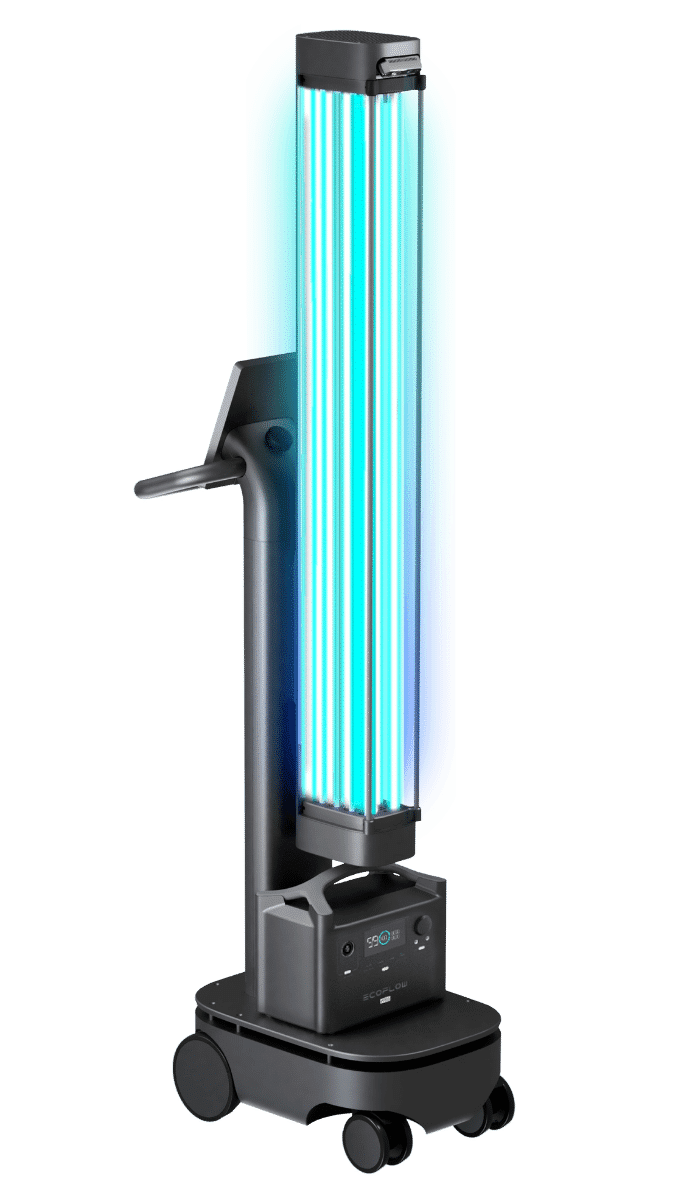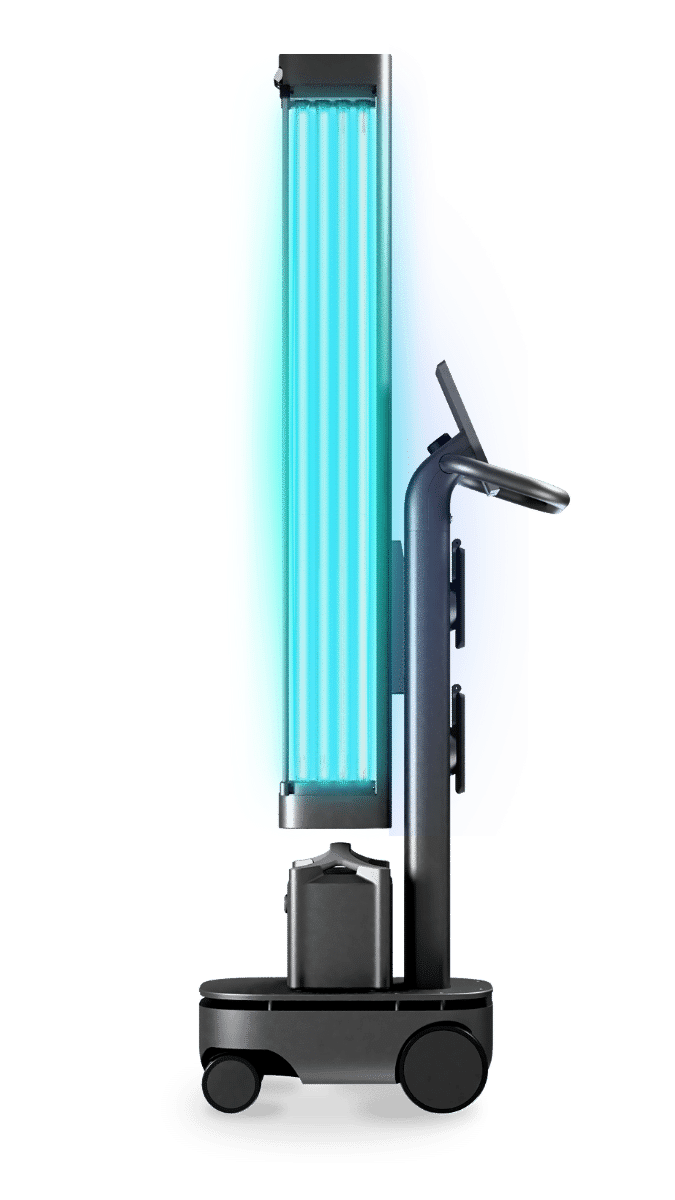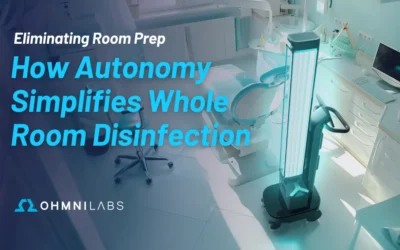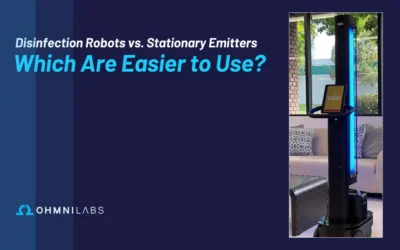This article delves into the essential factors to consider when choosing the right UV light disinfection system to suit your requirements.
With the growing prevalence of antibiotic-resistant bacteria and global pandemics, effective disinfection methods have become increasingly important. UV light disinfection systems are emerging as a promising solution across various industries such as water treatment and food processing. Utilizing ultraviolet light, these systems neutralize harmful microorganisms like bacteria, viruses, and fungi without relying on harsh chemicals or generating toxic waste.
Understanding UV Disinfection
UV disinfection harnesses ultraviolet light to neutralize harmful microorganisms like bacteria, viruses, and fungi. This chemical-free, environmentally friendly process relies on electromagnetic radiation, which penetrates pathogen cells and disrupts their DNA or RNA. Consequently, these microorganisms are rendered unable to reproduce or perform vital life functions.
UV-C light, a specific wavelength of ultraviolet light (typically 200-280 nanometers), is the most effective germicidal component of the UV spectrum. Low-pressure mercury lamps, which emit light at a wavelength of 254 nanometers, are the most commonly used UV-C light source in disinfection systems.
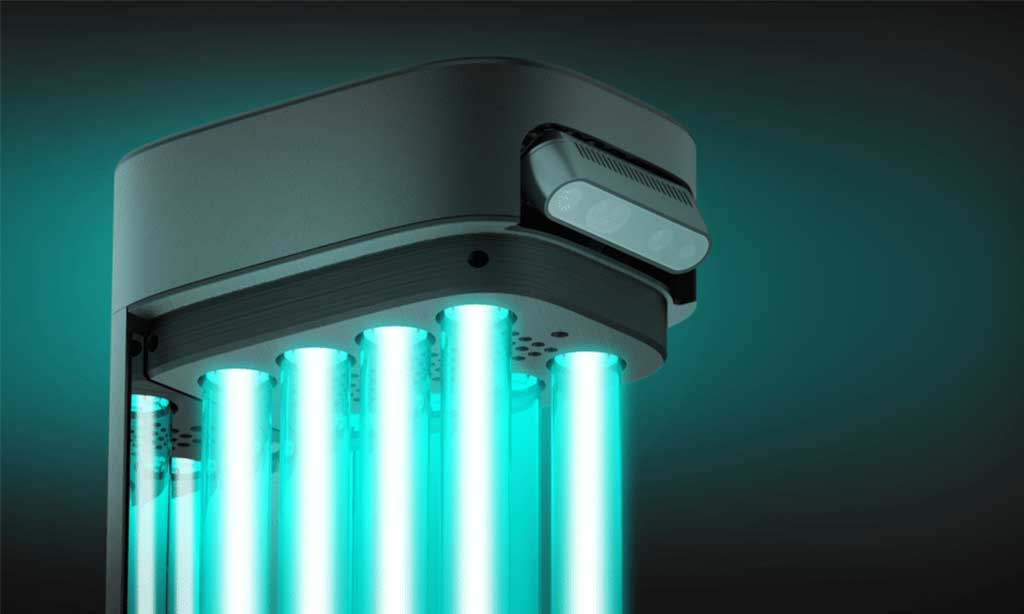
UV Disinfection’s Targeted Pathogens and Organisms
UV disinfection is effective against a wide range of pathogens, including:
Bacteria: UV light can inactivate a variety of bacteria, such as Escherichia coli (E. coli), Salmonella, Legionella, and Staphylococcus aureus (S. aureus), which are responsible for causing various infections and illnesses.
Viruses: UV disinfection can also inactivate many viruses, including those responsible for the common cold, influenza, and more recently, the SARS-CoV-2 virus that causes COVID-19.
Fungi: UV light can be effective against certain fungi and mold spores, which can cause respiratory issues and other health problems, especially in damp or poorly ventilated environments.
Protozoa: UV disinfection can help inactivate waterborne protozoa such as Giardia and Cryptosporidium, which are resistant to traditional chlorine disinfection methods and can cause gastrointestinal illnesses.
However, the effectiveness of UV disinfection depends on several factors, including the intensity and duration of UV exposure, the specific wavelength of UV light used, and the presence of particles or organic matter that can shield microorganisms from UV radiation. Therefore, it is crucial to properly choose, install, and maintain UV disinfection systems to ensure optimal performance and protection against harmful pathogens.
Key Factors to Consider in a UV Light Disinfection System
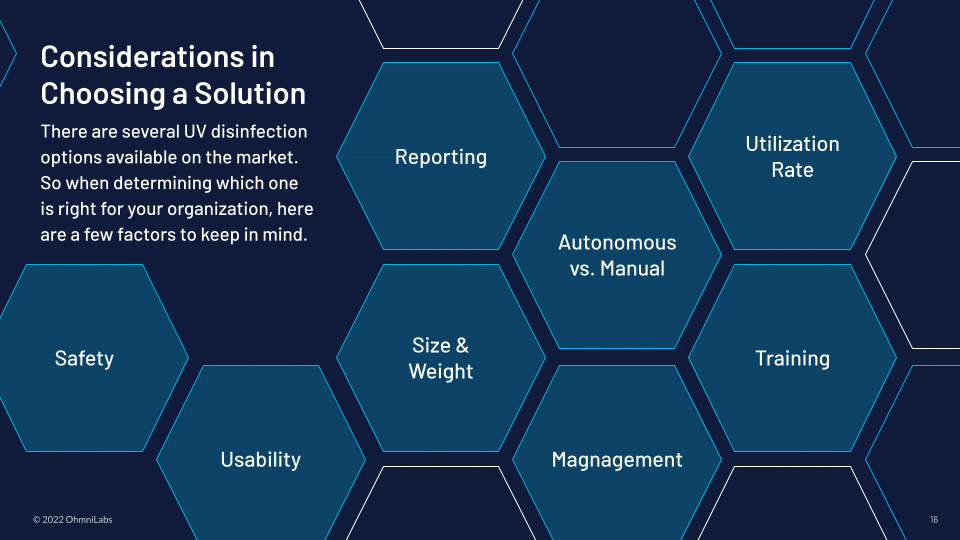
When selecting a UV light disinfection system, consider the following factors:
Safety: Safety: Opt for a UV disinfection system with integrated safety features, such as remote sensors, caution signs, and automatic shutdown mechanisms. Ensure proper functioning by thoroughly testing these safety measures.
Usability: Regardless of how sophisticated a technology is, it can’t reach its full potential if your team struggles to use it correctly. Some devices may feature complex or cumbersome interfaces, which can hinder your team’s efficiency or necessitate extensive training to operate. Other systems might need an engineer for setup in every new location. The simpler and more user-friendly your solution, the more likely you’ll reap the full benefits of UV disinfection.
Autonomous v Manual: A noticeable distinction between UV disinfection systems is the choice between manual or autonomous operation. Manual emitters are fixed and necessitate staff moving them throughout a space to ensure comprehensive disinfection.
Conversely, autonomous UV devices navigate a room independently, approaching every surface without manual assistance. This not only accelerates the process (autonomous units usually disinfect a room in half the time compared to manual emitters), but also enables cleaning staff to focus on other crucial tasks.
Reporting: With any disinfection process, it’s important to make sure you’re in full compliance with all regulatory standards. One of the easiest ways to do that is to have reports on what disinfection has taken place and how thoroughly it was completed. Depending on the type of UV disinfection solution you choose, those reports can be delivered in real-time or they can take upwards of a month to receive the full brief. Further, what information is included in the report? Is it just marking a room as Complete? Or does it provide you with detailed information — such as heat maps and position tracking — of what and where was disinfected within the room?
Cost: Evaluate the upfront and ongoing costs of the system, including energy consumption and replacement parts.
While this is not an exhaustive list, it will set you on the right path to choosing the UV disinfection system that’s right for your organization.
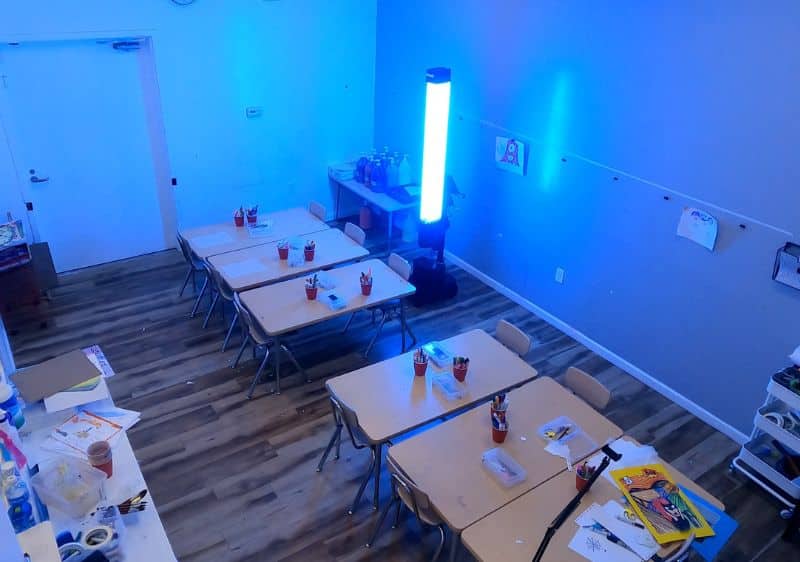
Frequently Asked Questions re: UV Light Disinfection System
Q: Can UV light disinfection systems kill COVID-19?
A: Yes, UV light, particularly UVC, has been shown to inactivate the SARS-CoV-2 virus responsible for COVID-19. However, it’s essential to follow proper guidelines and use an appropriately designed UV disinfection system for the specific application.
Q: Is UV light disinfection effective against all microorganisms?
A: UV light disinfection, particularly UVC, is effective against a wide range of microorganisms, including bacteria, viruses, and fungi. However, some microorganisms may be more resistant to UV light than others. The effectiveness of UV disinfection can also be influenced by factors such as exposure time, intensity, and the presence of particles or organic matter.
Q: Can UV light disinfection be used in combination with other disinfection methods?
A: Yes, UV light disinfection can be used alongside other disinfection methods, such as chemical disinfectants or filtration systems, to enhance overall effectiveness. Combining disinfection methods can help address specific challenges or limitations of individual methods and provide a more comprehensive approach to maintaining hygiene and safety.
Q: Are there any industry-specific guidelines for using UV light disinfection systems?
A: Depending on the industry and application, there may be specific guidelines or regulations in place for using UV light disinfection systems. For example, in the water treatment industry, there are standards and guidelines established by organizations like the EPA or NSF International. Always consult industry-specific guidelines and regulations to ensure your UV light disinfection system meets the required standards.
Making an Informed Decision on a UV Light Disinfection System
UV light disinfection systems offer a powerful and environmentally friendly solution for inactivating harmful microorganisms in various settings. By understanding the different types of UV systems, their applications, and the factors to consider when choosing the right system, you can make an informed decision that meets your specific disinfection needs.
Investing in the appropriate UV light disinfection system not only protects the health and safety of your staff and customers but also enhances your organization’s overall reputation for maintaining high sanitation standards. As technology continues to advance, the accessibility and effectiveness of UV light disinfection systems will likely improve, solidifying their role as a crucial component of modern infection control strategies.
